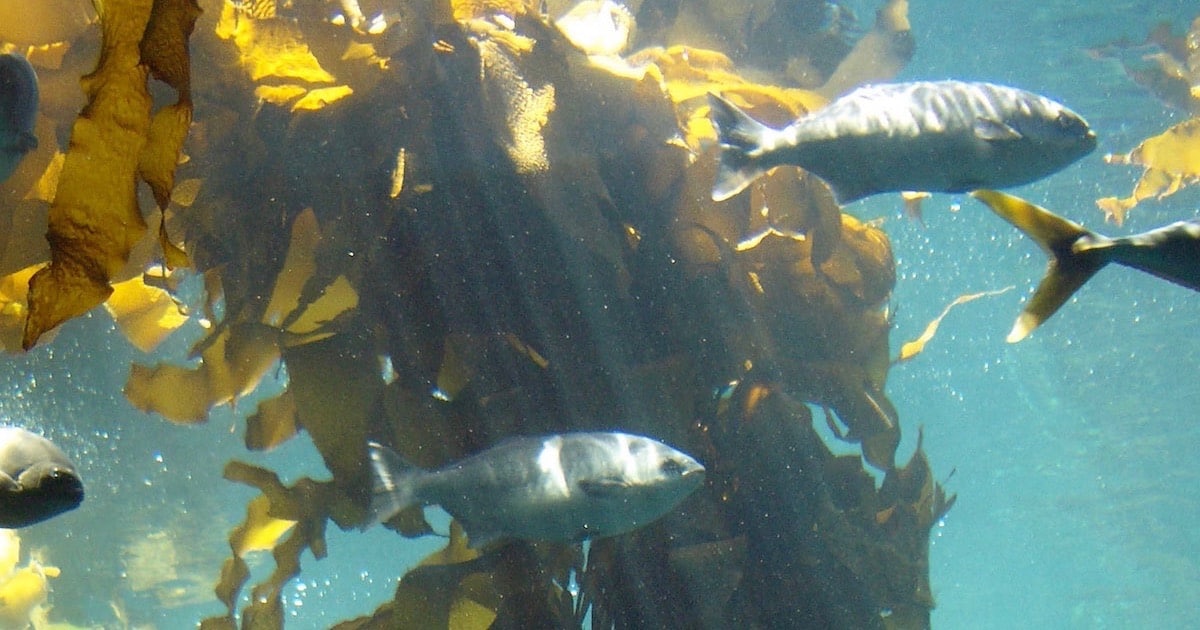 Evolution
Evolution
 Life Sciences
Life Sciences
MicroRNAs Don’t Fit the Evolution Model

MicroRNAs are small RNA gene products, typically consisting of 20-24 nucleotides, which help to regulate protein synthesis, for example by pausing or halting the ribosome translation process. Like the small drill bit that is inserted into the much larger drill tool, the small microRNAs are attached to a much larger molecular machine that performs the regulation. The microRNA role is to help the molecular machine recognize the correct RNA target.
In other words, instead of the cell having to construct a large quantity of different molecular machines to perform the regulatory role on a large quantity of RNA targets, the cell can construct a more generic type of molecular machine, and then simply attach the instructions — the microRNA — as needed.
This design approach requires the existence of these two entities: the big molecular machine and its little instruction set. Remove either entity, and this particular regulatory process isn’t going to happen.
That does not fit the evolutionary narrative. According to evolution you need a slow, gradual buildup of designs, not all-or-nothing scenarios. But not surprisingly biology is chocked full of the latter. And so with evolution we must say that the different parts just happened to arise, perhaps serving some other roles, and then just luckily they worked fantastically together to achieve a new function.
MicroRNAs are yet another finding that must be force-fit into evolutionary theory. But this irreducible complexity is only the beginning of the problem. With microRNAs, it only gets worse.
A completely different problem that microRNAs pose for evolutionary “theory” is that microRNAs do not fit the common descent pattern. As a recent paper in Genome Biology and Evolution admitted:
There is no evidence of conservation of miRNAs between the phylogenetic groups, indicating that miRNA systems evolved independently in each lineage
Evolved independently?
In other words, microRNAs do not fit the evolution model. The evidence contradicts the theory. Of course one can always make up an explanation. In this case, we say that the microRNAs “evolved independently.”
There you go, problem solved.
But let’s be honest — this is not indicated by the evidence. When the paper states that there is no evidence of conservation of miRNAs between the phylogenetic groups, thus “indicating” that miRNA systems evolved independently, it is simply misrepresenting the science.
There is precisely zero scientific evidence that microRNAs “evolved independently.” Zero. That is not my opinion. That is not conjecture. That is scientific fact.
Evolutionists talk a lot about scientific “fact.” They insist evolution is such a “fact.” But let’s just be honest. What is a scientific fact here is not evolution, but rather the exact opposite. The “fact” is the microRNAs show “no evidence of conservation.”
That fact does not “indicate” evolution, it contradicts evolution. Let’s just be honest. For once.
The paper finds yet another example of this failure in the microRNAs in brown algae. The study investigated the microRNAs in the species Saccharina japonica and compared them to previously investigated microRNAs, including those in a different brown algae species. Their findings were, as usual, “surprising.” The microRNAs in the two brown algae species were different. Completely different.
There was not a single pair of microRNAs, between the two species, that showed any sign of statistically significant sequence similarity.
Interestingly, the microRNAs in the two species did generally share some structural and genomic features. So the evolutionists had to conclude that the microRNAs in the two species evolved from a common ancestor, but then their respective sequences evolved like crazy, leaving zero trace of sequence similarity.
This. Makes. No. Sense.
Here how the paper spun the results:
Surprisingly, none of the S. japonica miRNAs share significant sequence similarity with the Ectocarpus sp. miRNAs. However, the miRNA repertoires of the two species share a number of structural and genomic features indicating that they were generated by similar evolutionary processes and therefore probably evolved within the context of a common, ancestral miRNA system. This lack of sequence similarity suggests that miRNAs evolve rapidly in the brown algae (the two species are separated by ∼95 Myr of evolution). The sets of predicted targets of miRNAs in the two species were also very different suggesting that the divergence of the miRNAs may have had significant consequences for miRNA function.
“Probably evolved within the context of a common, ancestral miRNA system”? So what does “within the context” mean?
The answer is this is a meaningless cover phrase that masks the fact that the evidence contradicts the theory. It is evo-speak for “We don’t know what we’re talking about.” A more polite description is “hand-waving.” A less polite, but more accurate description won’t be repeated here.
I will now consider the elephant in the room: Why is evolution being used to interpret the results in the first place? The theory is superfluous. It is redundant. It is vacuous. It is non-parsimonious. It is meaningless.
The theory does nothing to help us understand, interpret, elucidate, guide, or formulate meaningful predictions. Its only justification is itself. We use the theory of evolution to interpret the results because the theory is true. And how do we know it is true? Because it is true?
The theory is self-referential. It is circular. It is famous for being famous. It is a hold-over from the Epicureans of antiquity, the schoolmen of the Middle Ages, the rationalists of the 17th century, and the Darwinists today, and it has made a mockery of science.
Photo: Brown algae (giant kelp), by Stef Maruch [CC BY-SA 2.0], via Wikimedia Commons.
Cross-posted at Darwin’s God.
